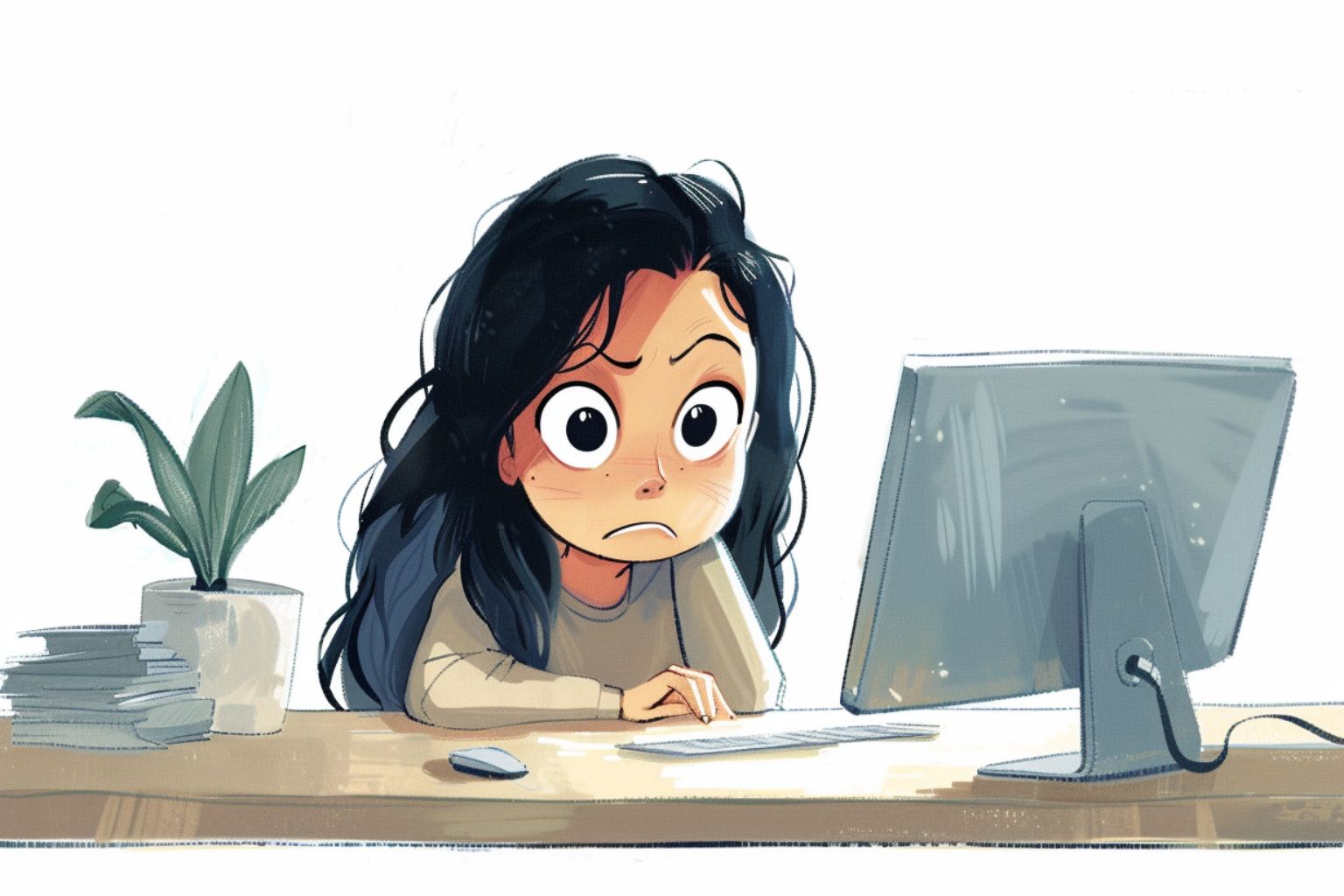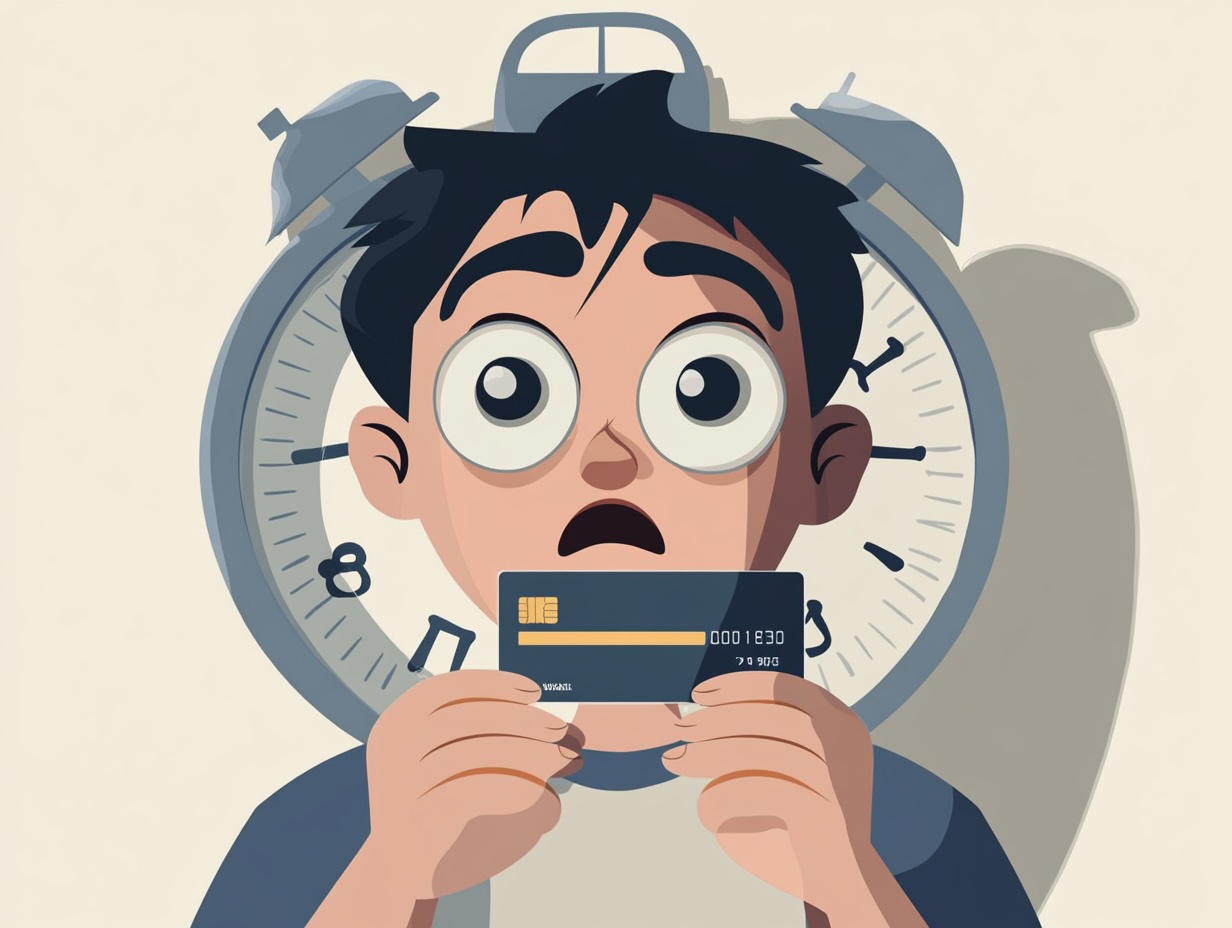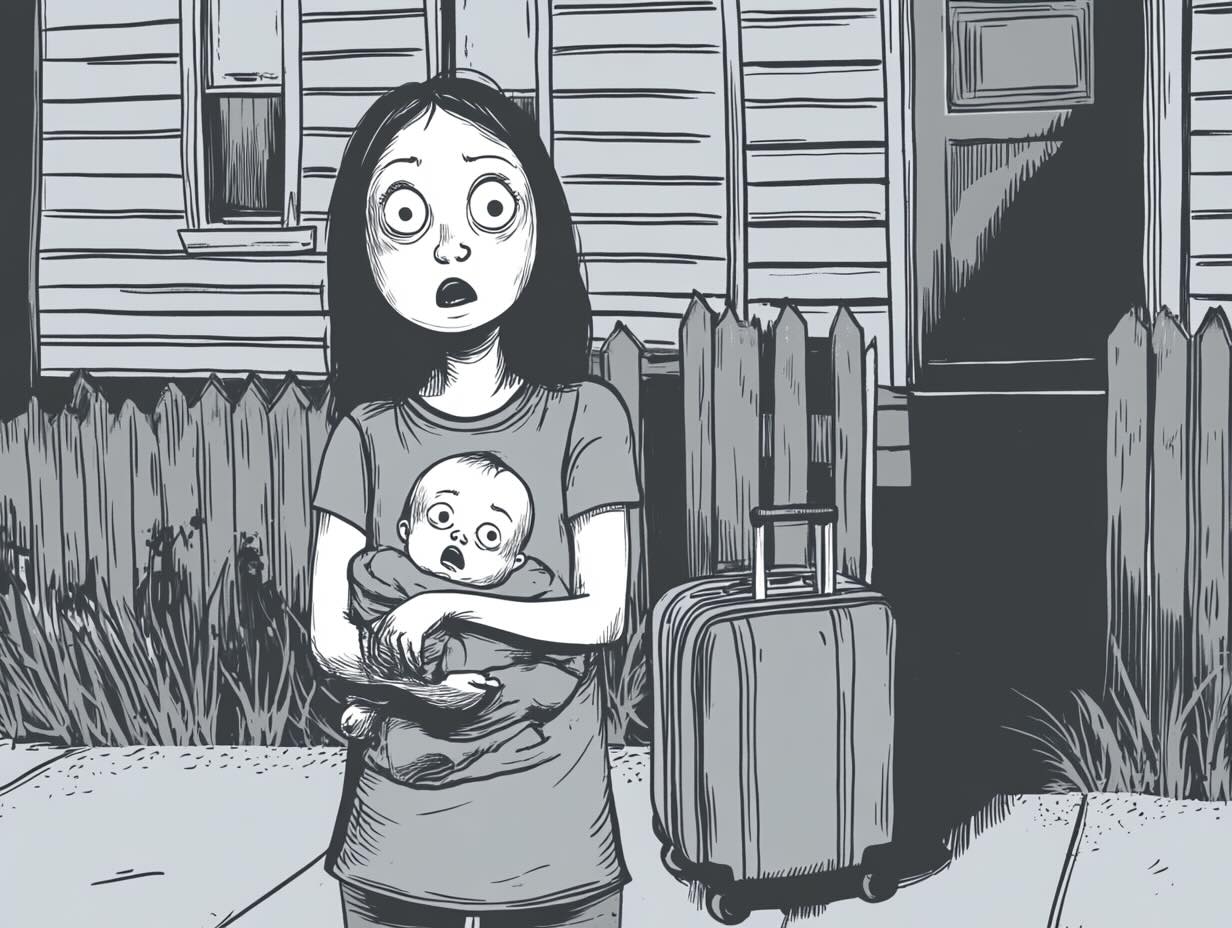When Jane Huang transferred $1,264 to her brother through PayPal, she expected him to get the money. But she had a PayPal money transfer problem, and he never received the funds.
“It was never deposited into his account,” she says. “I’ve done everything I can to get it back, but PayPal still has the money.”
She’s not kidding. When you hear about what Huang did to find the money, you may have second thoughts about using PayPal to transfer money. Her case raises just one big question: What should I do if the money never gets there?
Let’s also find out:
- How do you prevent your PayPal transfer from being lost?
- Do financial institutions have to track my money transfers?
- What happens to the money that disappears?
First, though, let’s hear from Huang.
“The transfer never happened”
Late last year, Huang’s PayPal money transfer problem began when she moved $1,264 from her PayPal account using Xoom, a service owned by PayPal.
“I received a text message that the amount is on its way to be deposited into my brother’s account,” she recalls.
She called her brother to find out if he got the money, and he said he hadn’t.
“The transfer never happened,” she says. (Related: This PayPal invoice scam almost got me. Here’s how to spot it.)
Huang checked her Bank of America account — and it said that a transfer had happened. Her bank account was $1,264 lighter. And she had a PayPal receipt on her account.
She contacted PayPal multiple times in writing and by phone.
“Finally, I received an email from Xoom claiming that they had deposited the money into my brother’s account,” she says.
But it hadn’t.
So she asked her brother to check on his end. He contacted his bank, First Trust.
“I have been in contact with our payments team who can find no trace of the payment,” a representative wrote to him.
How could $1,264 vanish into thin air?
How do you avoid a PayPal Money transfer problem?
This isn’t the first PayPal transfer that has gotten lost, but there are ways to keep this problem from repeating.
1. Verify the recipient’s information
Make sure you entered the correct email address or phone number or account number for the intended recipient. Remember, a simple typo could result in funds being sent to the wrong person.
2. Check your PayPal account status
Log in to your account and review your recent activity and transaction history. Look for any error messages or pending statuses. If there’s trouble, this is where you’ll find it.
3. Contact the recipient
If the funds don’t transfer, ask the recipient to check their PayPal account and email for any notifications about the incoming payment. (Related: How do I get PayPal to reverse a fraudulent charge for $2,600? Can you help?)
4. Contact PayPal customer support
If you’ve completed these steps and the issue this problem hasn’t been resolved, contact PayPal directly. You can do this through its resolution center or by calling its customer service line. Here are the PayPal executive contacts.
Note: Most PayPal transfers are completed within one business day, but some may take up to three to five business days. So if more than five days have passed, you may have a problem.
Do financial institutions have to track my money transfers?
Banks are required to monitor and track electronic fund transfers, including those made online. But the extent of their responsibility can vary depending on the type of transfer and the circumstances. And that includes this PayPal money transfer problem.
- For transfers within the United States, banks use the Automated Clearing House (ACH) network, which provides a clear trail of transactions. When you initiate an online transfer, your bank records the transaction details and works with the recipient’s bank to complete the transfer. This system allows for relatively easy tracking of funds.
- For international transfers, banks usually use the SWIFT network. It’s a little more complex, but it still allows banks to track the movement of funds across borders. Once money leaves your account, your bank’s ability to intervene or recall funds is limited.
Technically, PayPal is not a bank, but it is governed by many of the same regulations as financial institutions. You can track your payments on the PayPal site by going to Activity and either selecting or searching for your payment. You can also click on Filters to narrow your search by status or transaction type. Click the transaction to bring up payment details, including your transaction ID, a 17-character string made up of both letters and numbers. That’s the proof that your financial institution has sent or received your money.
What happens to the money that disappears?
So where’s Huang’s money? Most of the time, financial institutions don’t lose money but delay or misdirect it. As I’ve noted, banks have systems in place to trace these transactions and fix any errors.
If there was a transmission error, the money, the money will eventually find its way back to her — although it could take time. Her bank eventually should try to reunite her with her missing transfer. (Related: Unauthorized charges on your PayPal account? Here’s how to get your money back now.)
By the way, if an account is dormant, and a financial institution can’t reach the account holder, it is required by law to turn it over to the state government — a process known as escheatment. The state then holds these funds indefinitely, waiting for the rightful owner to claim them. (Here’s our guide to resolving your consumer problem.)
So Huang’s bank would have probably found her money and returned it to her, but it could have taken months or even years.
She wanted it sooner, of course.
How she tried to find her $1,264 after her PayPal money transfer problem
Huang wasn’t going to just let PayPal keep her money.
Here’s what she did:
- She contacted Xoom and PayPal multiple times by phone and email, always politely stating her problem and asking for a prompt resolution.
- She filed two complaints with the Consumer Financial Protection Bureau.
- She sent a complaint to the California Department of Financial Protection and Innovation.
But still, the answer remained “no.” Neither PayPal nor Xoom could find her money — or refund it.
I reached out to PayPal on her behalf. But two weeks later, PayPal hadn’t said a word and apparently hoped I would go away. I didn’t. So I asked PayPal again, and this time it looked into her case.
“I received several emails and a phone call from PayPal,” Huang reported. “A representative agreed to refund me the full amount plus $100 which they will deposit into my bank account.”
So after six months of calls and emails to Paypal, Xoom, the Consumer Financial Protection Bureau, the California Department of Financial Protection and finally an appeal to my consumer advocacy site, she finally got her refund. Phew.
And you wonder why people think customer service has hit a new low.




